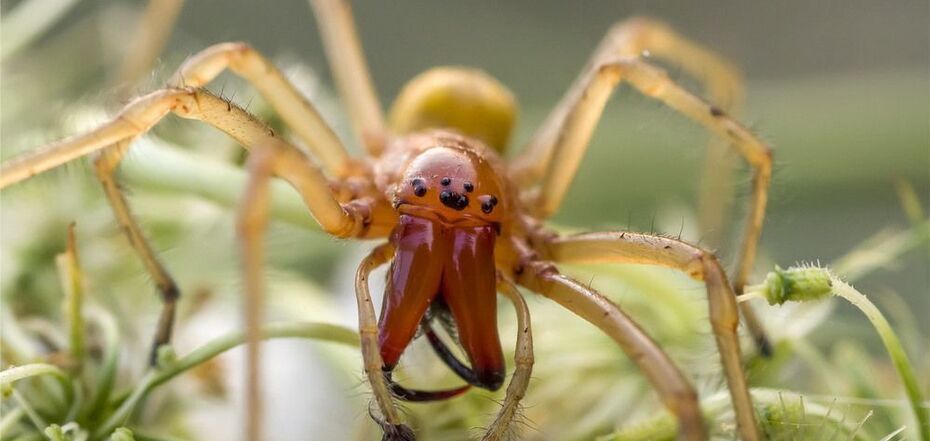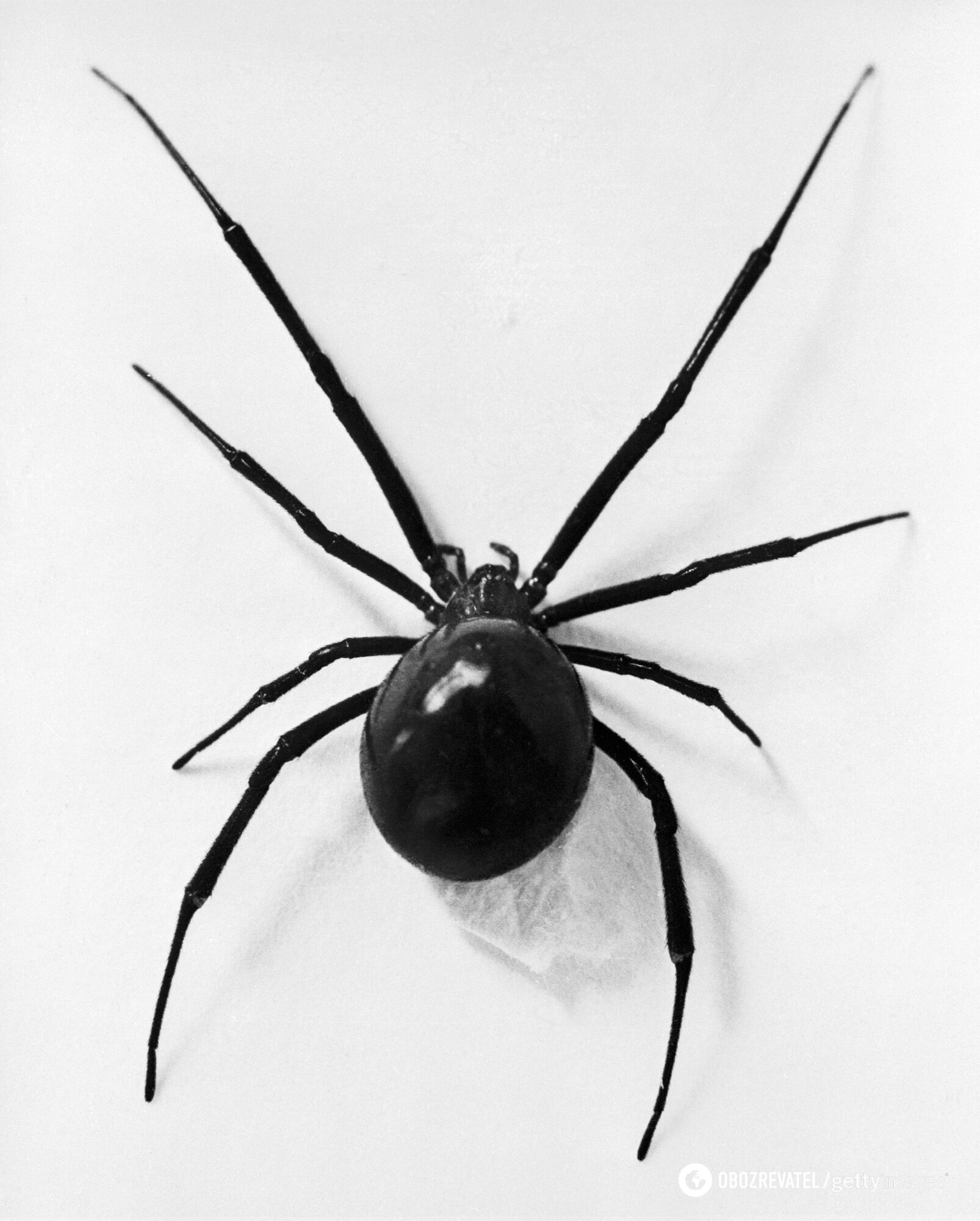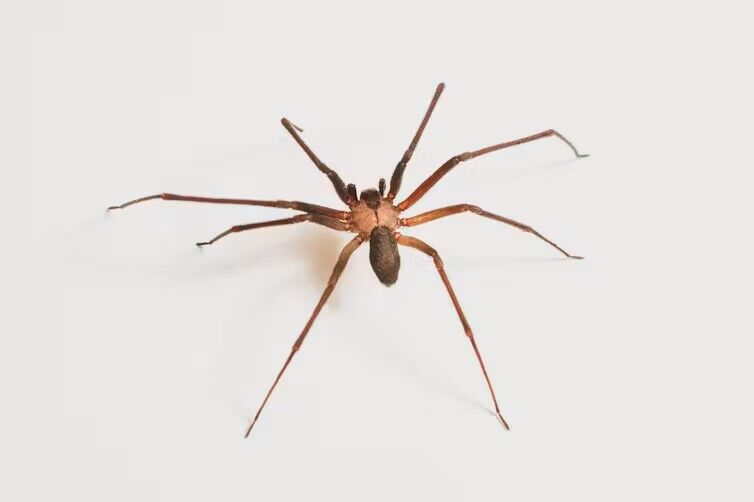News
What two of the scariest spiders in Europe look like. PhotoJak wyglądają dwa najstraszniejsze pająki w Europie. Zdjęcie
In recent years, the fear of spiders has grown in Europe, as this summer in Italy two men died within a month after being bitten by the Mediterranean brown recluse spider, also known as the angle spider. In general, there are two species of spiders in Europe whose bites can lead to a hospital bed - the European black widow (Latrodectus tredecimguttatus) and the already-mentioned Mediterranean hermit (Loxosceles rufescens).
However, scientists say not to panic, because the recent deaths in Italy due to the bites of the Mediterranean hermit are still a mystery – it could be just a statistical anomaly, a series of clinical errors, or another species of spider introduced to Europe by accident. After all, the venom of these two species of spiders usually does not lead to fatalities, The Conversation writes.
Two of the scariest spider species in Europe
According to experts, the black widow has always had the worst reputation, but there are no documented cases of death from the bite of its European variant. In addition, it is not easy to meet this spider, as it is found in rural areas and lives under tree bark or stones.
Scientists emphasize that the neurotoxic effects of black widow venom on humans are well known: it affects nerve transmission, heart muscle, and smooth muscle function, causing a syndrome called latrodectism.
But the hermit spider, which usually has a small dark violin-shaped spot on its thorax, tends to live in close proximity to humans – in homes, garages, or workplaces, scientists warn. It often finds dark, dusty hiding places, such as behind or under furniture, where it can remain undetected for a long time, the researchers say.
However, it is known that Mediterranean hermit spiders are not very aggressive and usually attack only when they are directly disturbed, so there is no need to worry, experts say.
Unlike the neurotoxic venom of the black widow, the venom of spiders of the sicariid family, which includes the Mediterranean hermit, has a necrotic effect, that is, it causes the death of body tissues, scientists say.
According to the experts, among the many proteins contained in the venom of angle spiders are phospholipase enzymes that destroy cell membranes and rupture blood vessels. These effects usually cause a localized reaction at the bite site, which includes swelling, redness, and itching for several weeks.
Doctors emphasize that in a small percentage of cases, a necrotic lesion can develop in the central part of the bite of this spider, where the tissue dies and eventually falls off before healing in a few weeks.
However, if you seek medical attention in time, the bite will be treated safely and will not lead to serious consequences. In addition, experts note that necrotic progression is less common in the European recluse spider than in some of its Latin American counterparts from Chile, Argentina, and Peru.
However, in some rare cases, the necrosis caused by a recluse spider bite can reach the underlying muscle and cause toxic shock syndrome, which includes symptoms such as fever, and muscle and joint pain.
In extremely rare cases, it can cause cutaneous and visceral loxocelism, a condition that, although very rare, can lead to acute hemolysis (destruction of blood cells), kidney failure, shock, and ultimately death, scientists say.
Experts cite statistics that over 23 years, 1691 deaths from wasp, hornet, and bee stings have been recorded in Europe. But deaths from alleged spider bites over the same period can be counted on the fingers of one hand.
Only verified information is available on the OBOZ.UA Telegram channel and Viber. Do not fall for fakes!






























